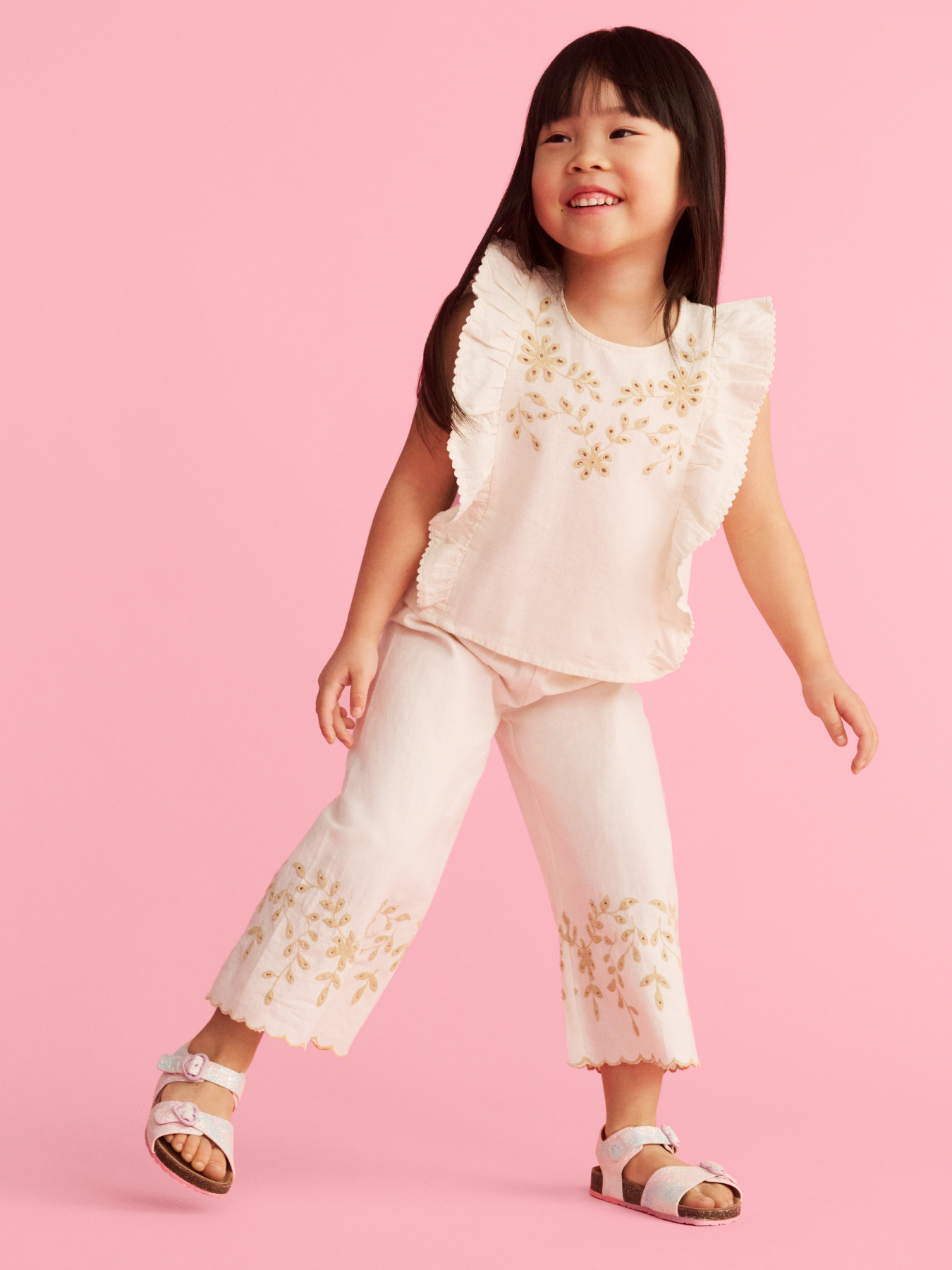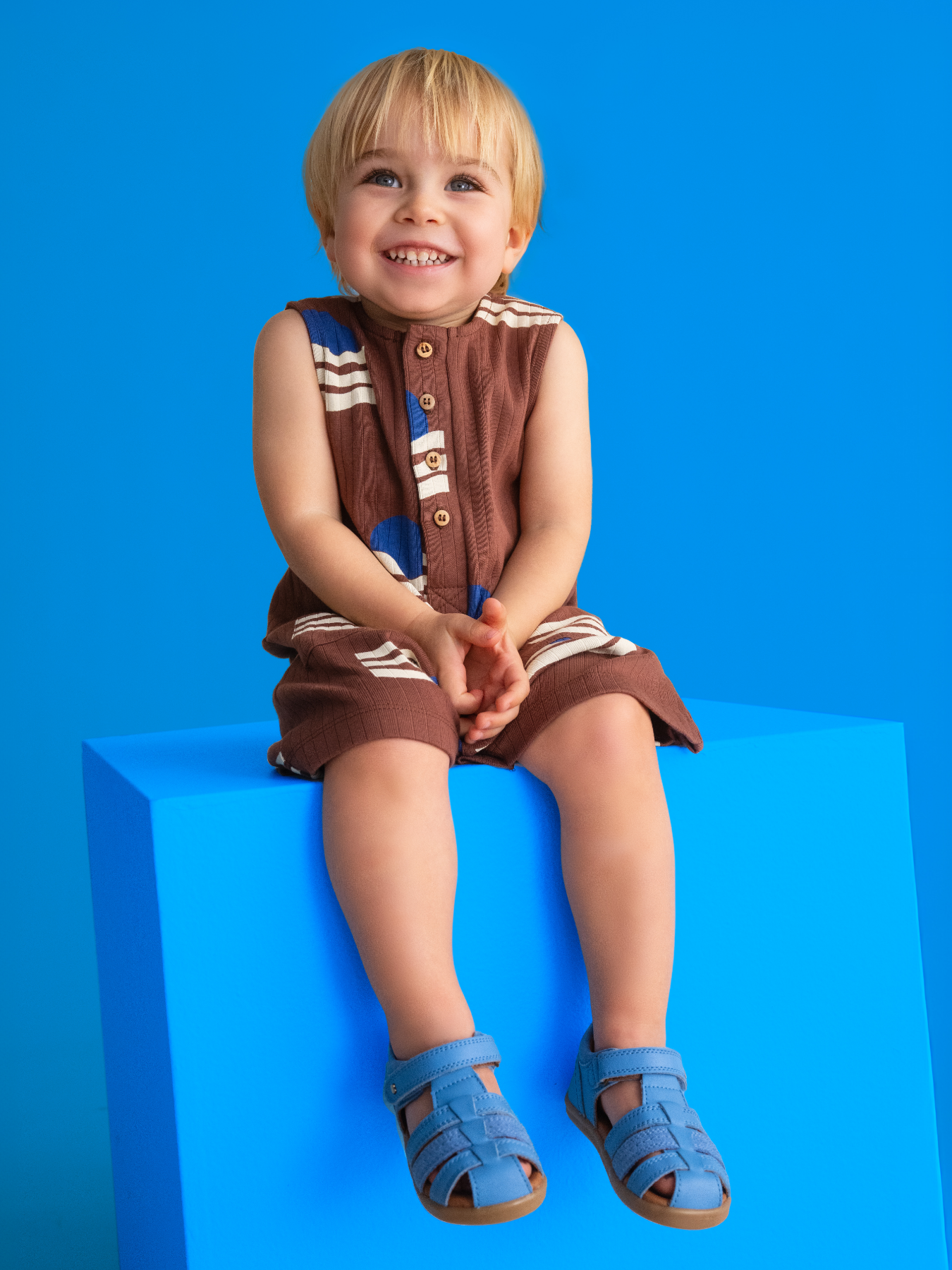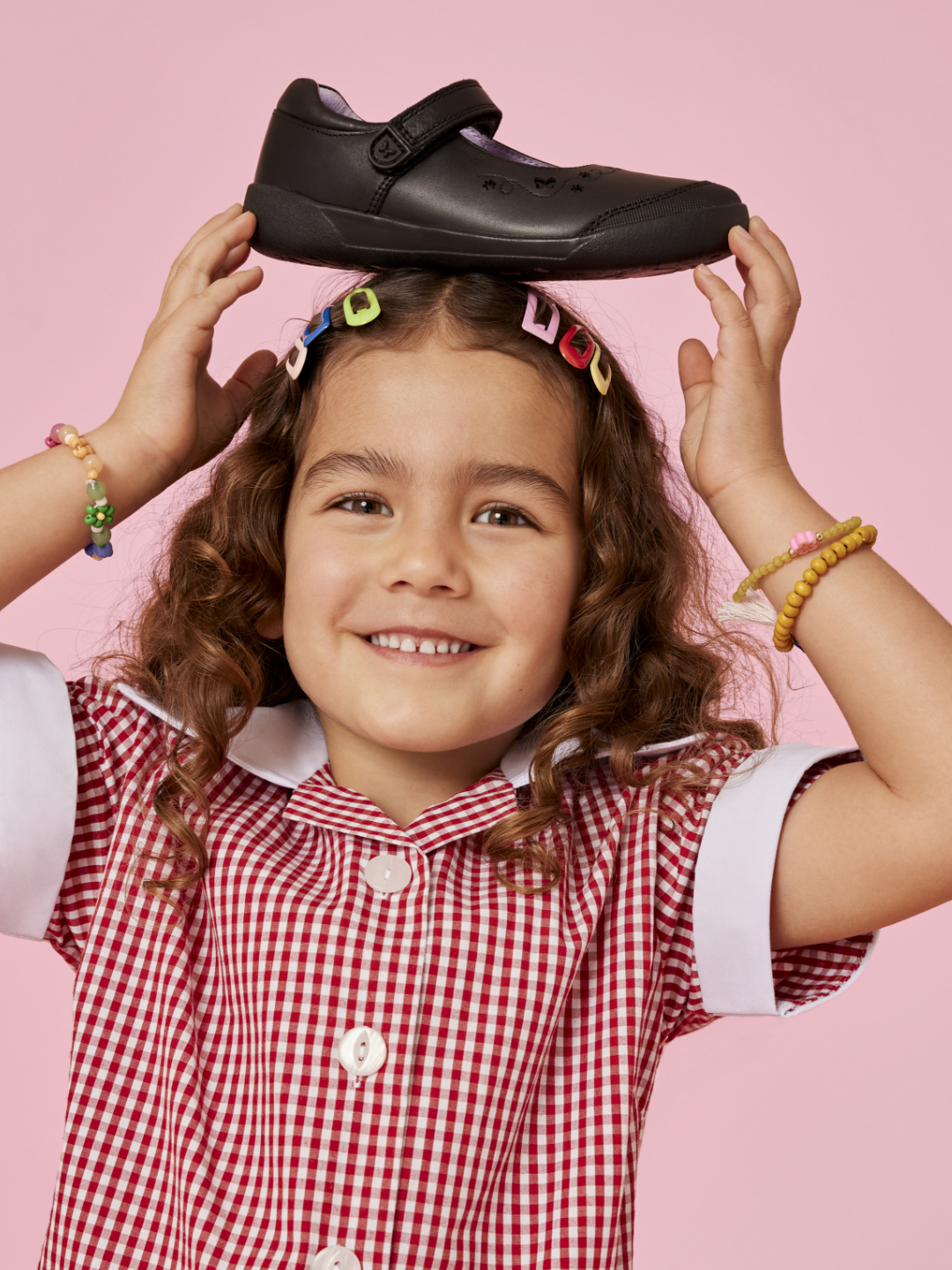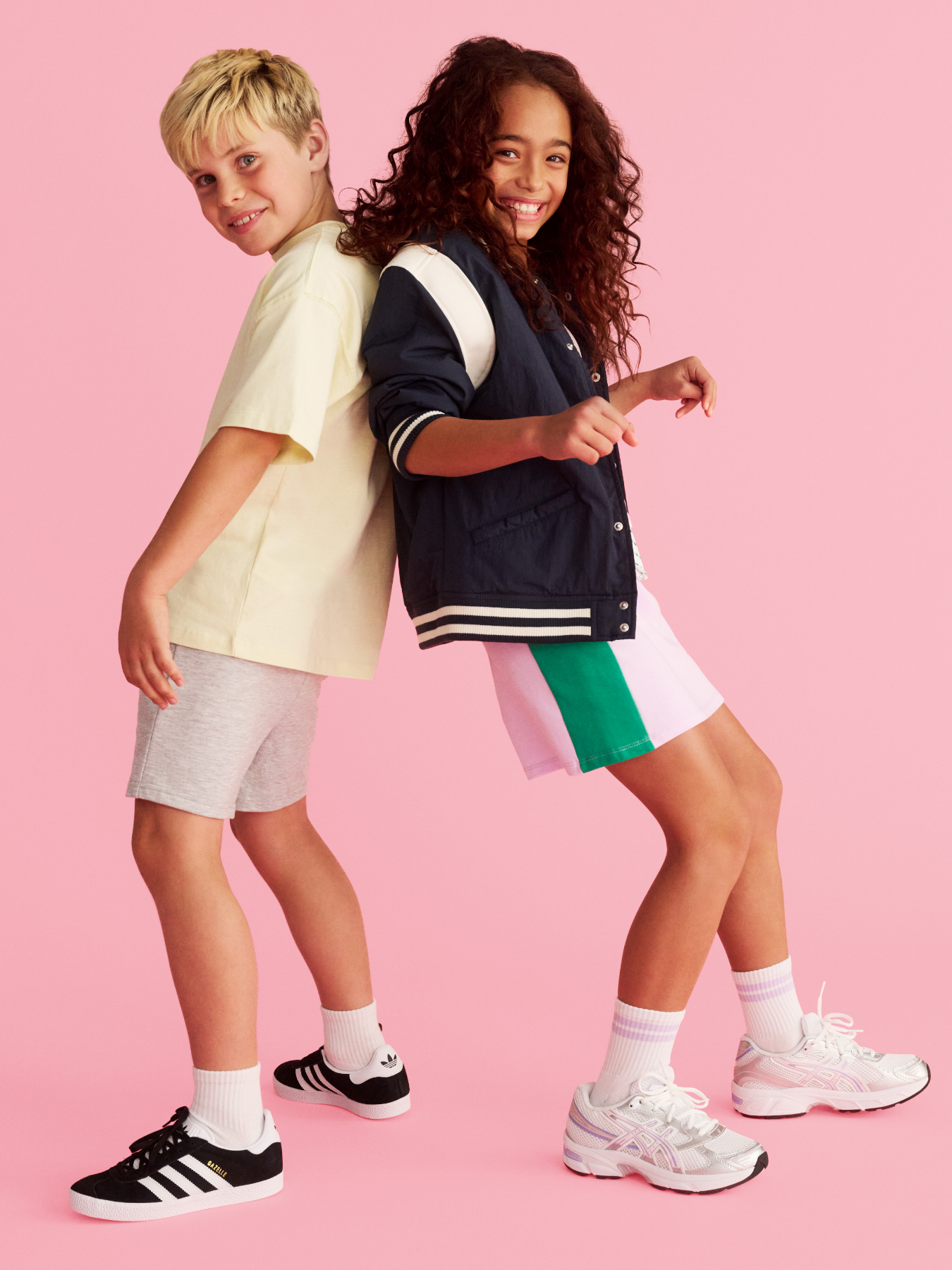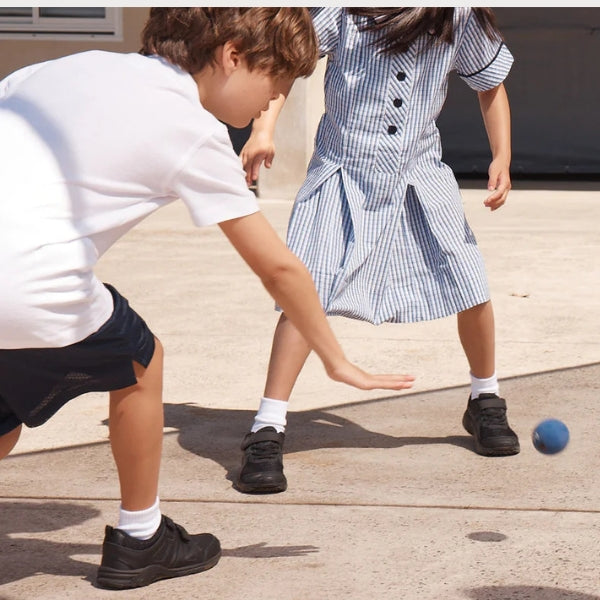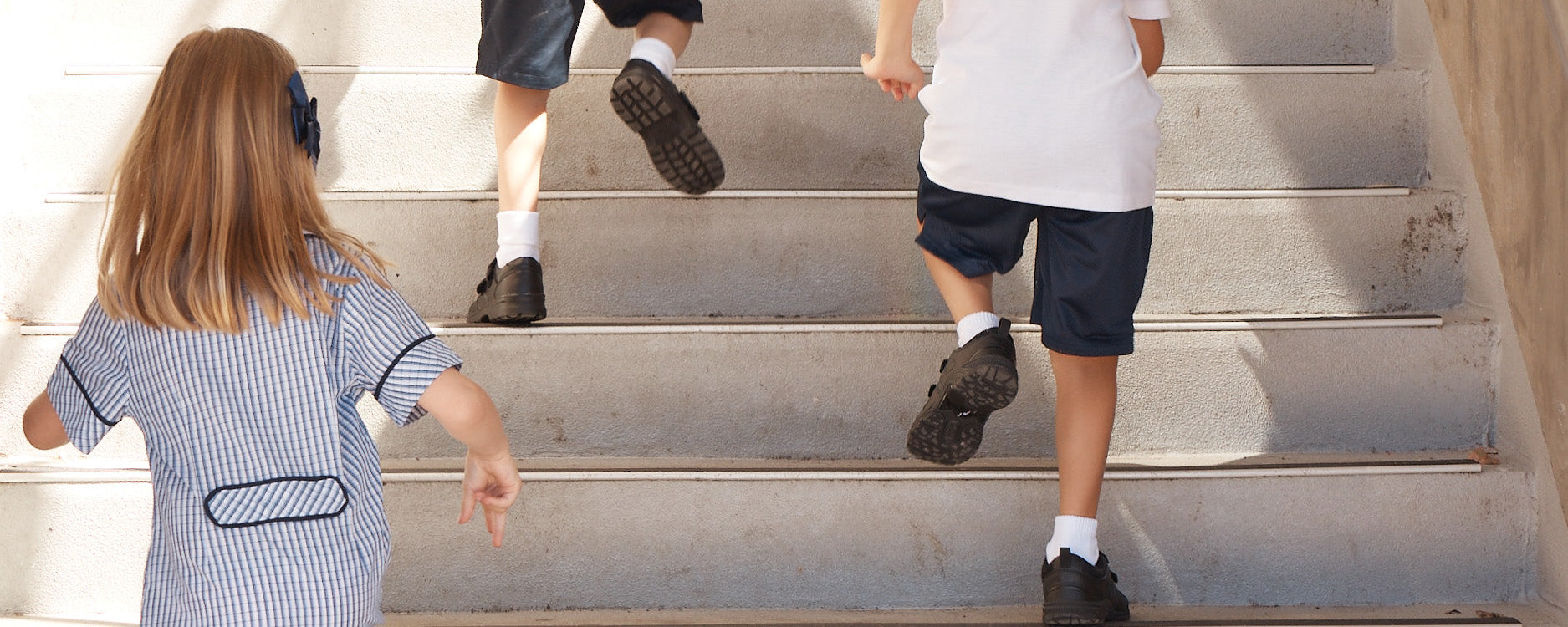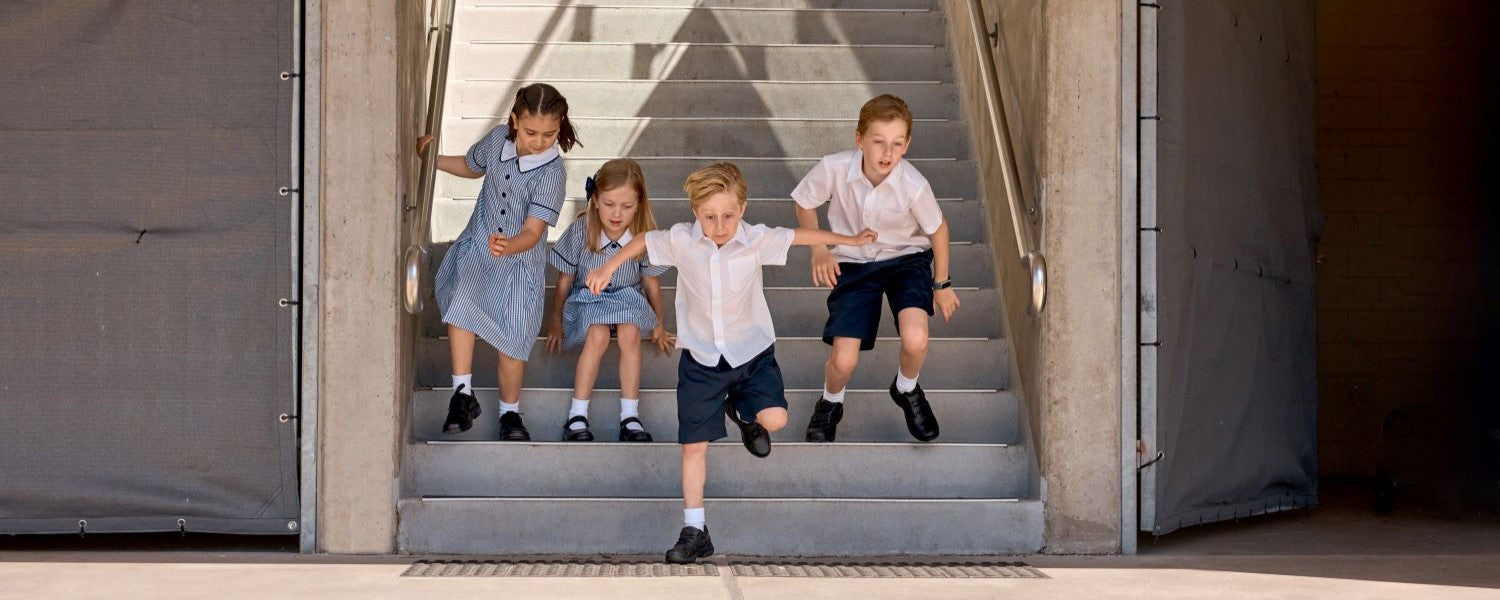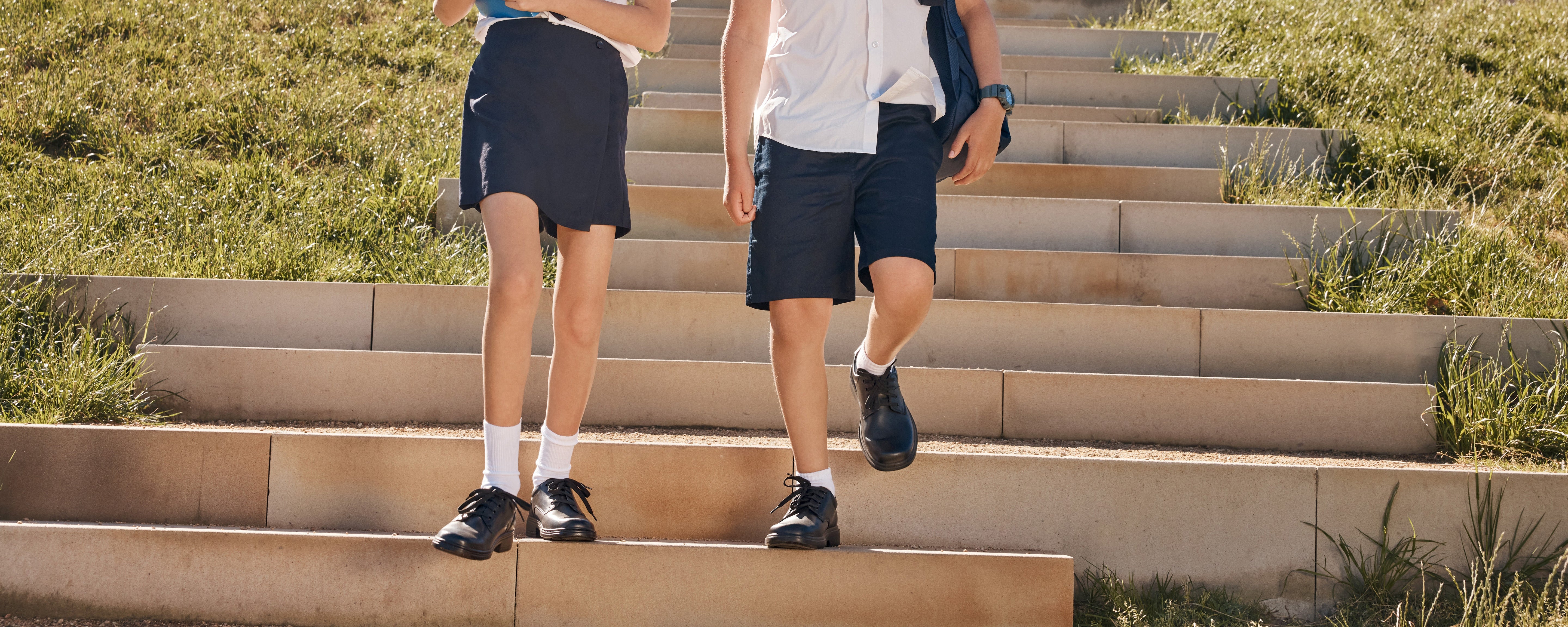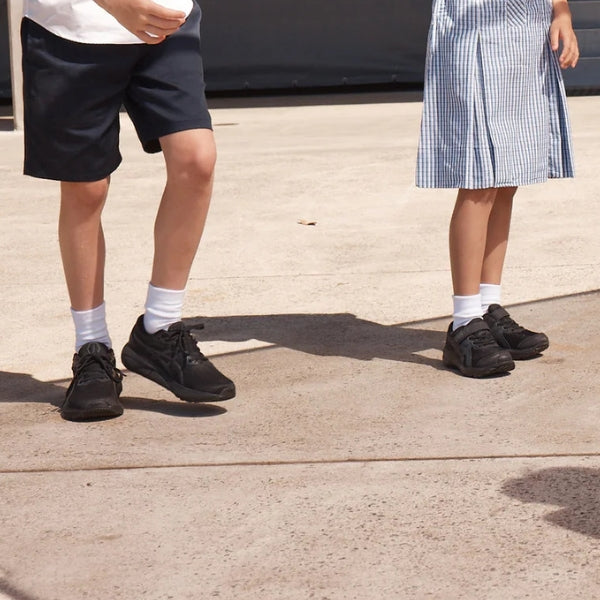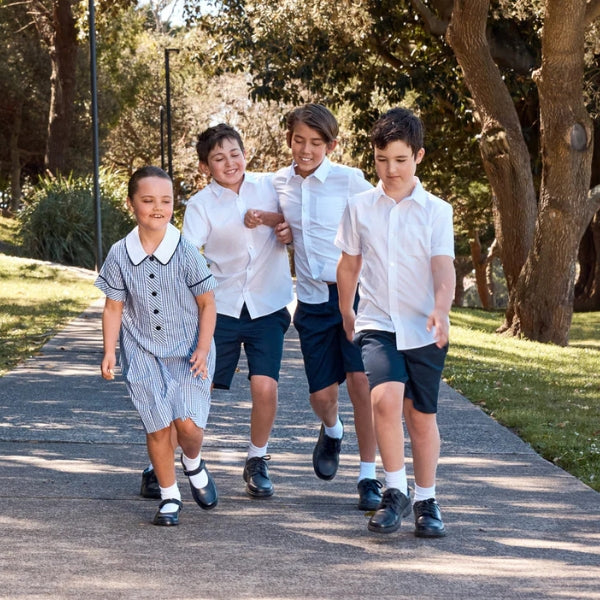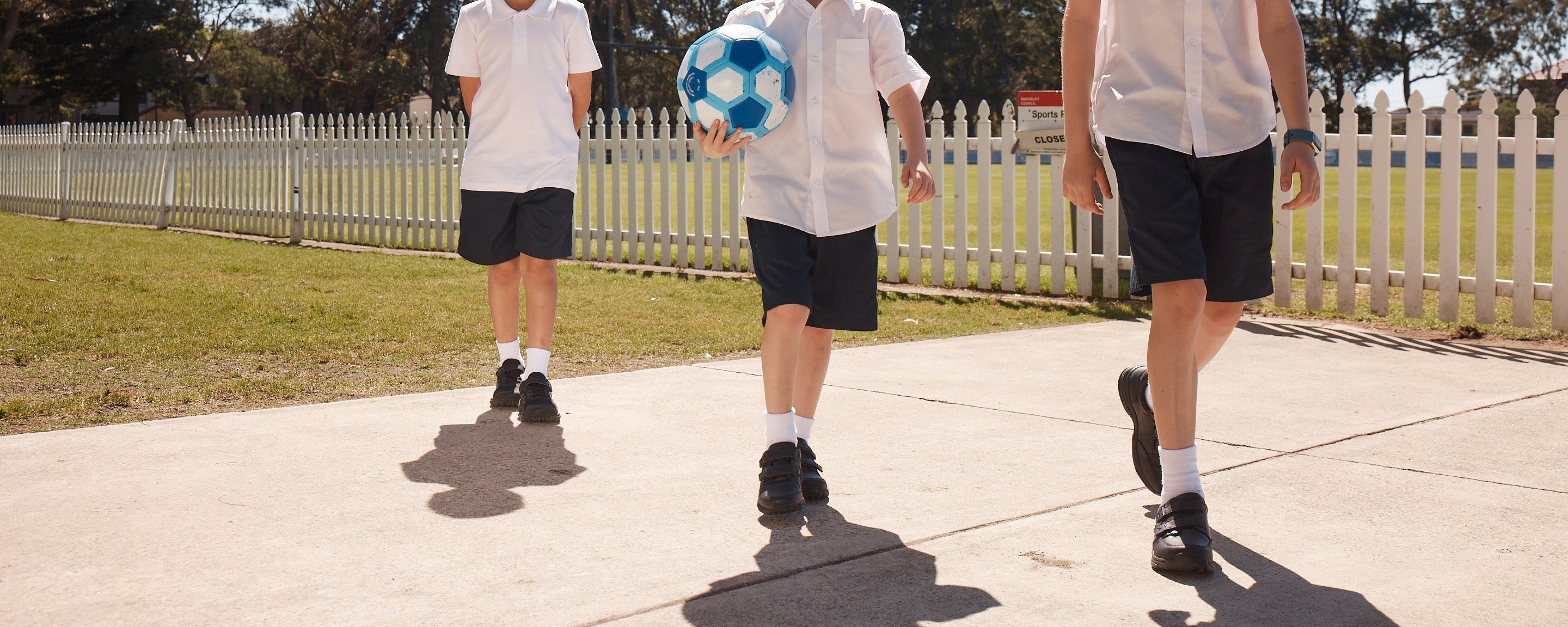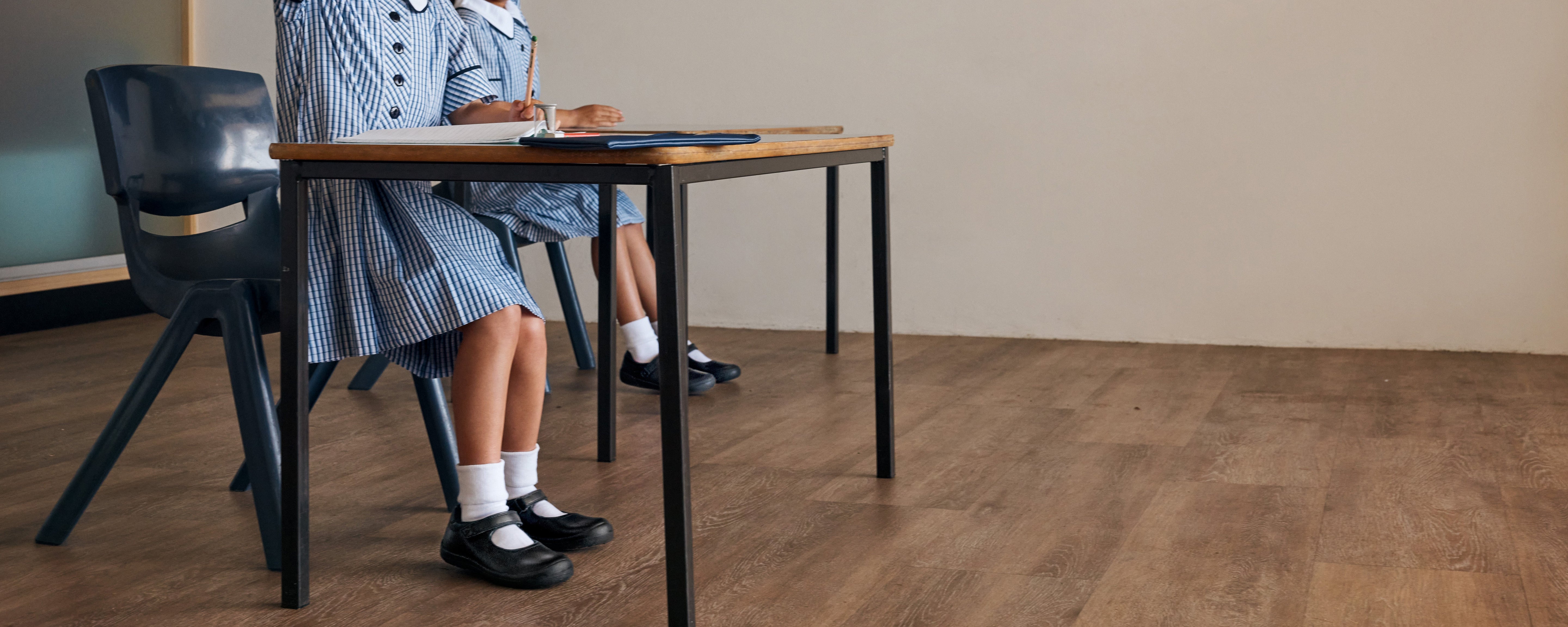
A Podiatrist's Comprehensive Guide to Selecting the Perfect First School Shoes
The first pair of school shoes is a momentous occasion in any child's life, marking the transition from casual, fun footwear to the structured school environment. With children spending approximately 15,000 hours in their school shoes over the course of a year, it's vital to make the right choice of shoe and ensure the correct fit.
We sat down with Emily Smith, one of Australia’s leading sports podiatrists to learn more about finding the perfect first school shoe. She shares why it’s important to have shoes that are ‘Fit for a Kid’ and how to find something that is going to meet your child’s needs when it comes to their first year at school.
Fit for a kid
A properly fitted shoe is essential for a child's foot development. Shoes that are too small or narrow for the foot have been shown to cause toe deformities and shoes that are too big cause the toes to grip, which can contribute to fatigue, pain and tripping. The best fit has a full thumbs width at the toe from the longest toe to the end of the shoe. This is enough length for the child to grow into, without being too long that the foot slips. The shoe width should fit snug around the foot without large gaps around the foot or the foot bulging against the sides. Many reputable shoe brands offer variations in width, and professional fitting is essential for the best possible fit.
What are the features and benefits of a quality school shoe?
Comfort: For the hours of running around on concrete, a shock-absorbing sole made from rubber or EVA (commonly used in running shoes) is essential for providing the necessary cushioning to dissipate peak forces and ensure day-long comfort. Look for shoes with thicker cushioning insoles and internal padding for added comfort.
Support: Well-structured shoes are crucial for supporting your child's growing feet. These shoes have the structure required to prevent excessive range of movement, which can lead to discomfort and potential problems.
Durability: School shoes must endure the daily wear and tear of an active child. High-quality materials and construction are key to preventing premature breakdown of the shoe's materials.
Grip: Well-made shoes use materials and sole patterns to optimise traction, preventing slips in wet or slippery conditions.
Breathability: Quality school shoes are made from natural or breathable materials that allow your child's feet to breathe, reducing sweat and odours.

Boys' school shoes vs. girls' school shoes
While there aren't substantial differences in the core features of school shoes for boys and girls, there are often style and colour distinctions catering to gender preferences. Boys' school shoes typically have more neutral or traditional designs, while girls' options may include decorative elements. However, support, comfort, durability, proper fit, and grip remain essential for both genders.
Lace-Up vs. self-fastening school shoes
Lace-Up: Lace-up school shoes offer a customizable fit and are ideal for children who can tie their own laces. They provide a secure fit and help children with wider or narrower feet adjust the fit accordingly. However, ensure the laces are snugly tied to prevent tripping hazards.
Self-fastening: Self-fastening school shoes are convenient for younger children who are still learning to tie their shoes. They are easy to put on and take off, streamlining the morning routine. The choice between lace-up and self-fastening depends on your child's age and ability to manage laces.
Choosing the right sole material
School shoe soles are typically made from leather, rubber, or a combination of rubber and EVA. The sole material is critical for comfort, support, grip, and durability.
Here's a brief comparison:
Rubber soles: Ideal for traditional school shoes, they offer excellent shock absorption and durability.
Leather soles: These are firm, heavy, and not recommended for active kids.
Sports-style soles (Rubber/EVA): Best for very active children, these offer lightweight, cushioned soles.

The Significance of Quality
Investing in quality school shoes is crucial for several reasons:
Foot Health: High-quality shoes are designed with foot health in mind, with materials that breathe well, appropriate structure, and internal and external shock absorption to reduce the risk of foot problems.
Durability: Quality school shoes are more likely to last the entire school year, saving you from frequently replacing cheaper, less durable options.
Posture and Alignment: Good quality shoes help maintain correct posture and foot alignment through internal support engineering not present in cheaper footwear.
Selecting the first pair of school shoes is a significant milestone for your child, but it can be an overwhelming experience for both caregivers and children. Visiting a reputable footwear store, such as Shoes and Sox, which carries top brands known for their comfort, quality, support, and durability, can simplify the process and provide peace of mind with a perfect fit guarantee. Your child's feet will thank you for it.
Written by Emily Smith, Sports Podiatrist & Founder of Emily Braidwood.

